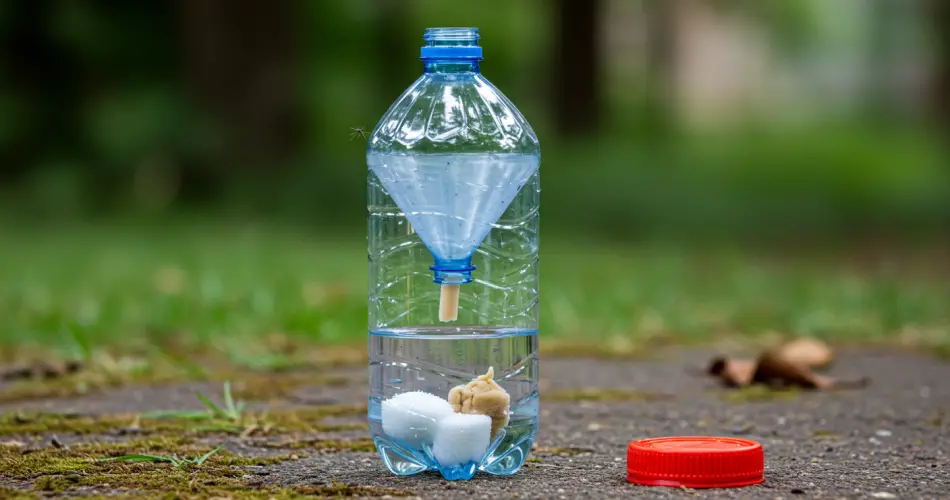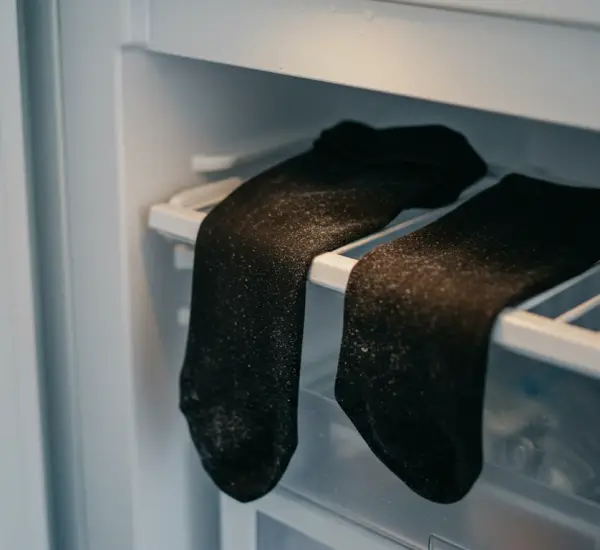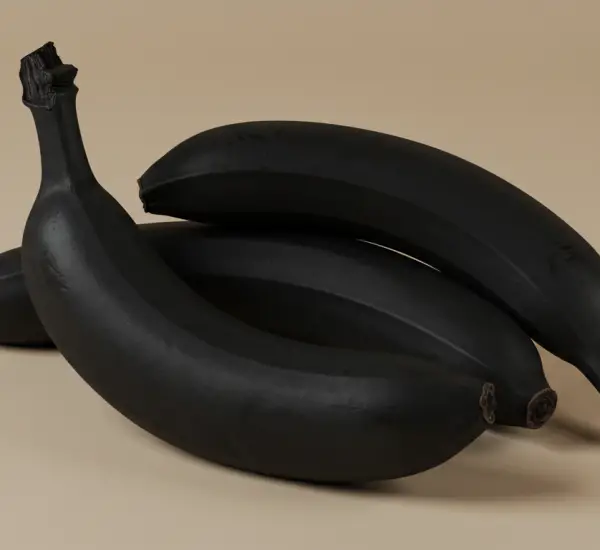Mosquitoes are more than just annoying—they can disrupt sleep, leave itchy bites, and in some regions, even transmit diseases. As the warm months approach, these tiny insects often become a constant nuisance, especially during the evening and nighttime hours. While traditional methods like chemical repellents and mosquito nets can help, there are also simple, natural, and cost-free solutions you can make with items already in your home.
Today, we’ll guide you step by step to create a highly effective mosquito trap using common household ingredients. This trap is safe, eco-friendly, and remarkably effective at reducing mosquito presence indoors.
Why Mosquito Control Matters
Mosquitoes are attracted to warmth, carbon dioxide, and certain odors emitted by humans. Left unchecked, they can multiply rapidly and make living spaces uncomfortable. While chemical sprays work, they can be harmful to both humans and pets, and constant use may lead to environmental concerns. Creating a homemade trap provides a natural alternative to manage mosquito populations without resorting to chemicals.
What You’ll Need
To make this DIY mosquito trap, you’ll need the following items, most of which you probably already have at home:
-
A plastic bottle
-
Sugar
-
Water
-
Yeast
-
Plastic bag or dark cloth
-
Tape or scotch
These ingredients work together to create an environment that lures mosquitoes in and prevents them from escaping.
Step 1: Preparing the Bottle
Start with a standard plastic bottle, such as a soda or water bottle. Using scissors or a utility knife, carefully cut the bottle about one-third of the way down from the top. You’ll be left with two separate pieces: the main body and the top section containing the cap.
Next, invert the top part of the bottle and place it into the bottom section, creating a funnel. Secure the two sections with tape so they remain tightly joined. This funnel will act as the entry point for mosquitoes, allowing them to fly in but making it difficult for them to escape.
Step 2: Making the Mosquito Attractant
The bait for this trap is a simple mixture of sugar, water, and yeast. Combine one cup of warm water with approximately 50 grams of sugar. Stir well until the sugar dissolves completely. Then, add a tablespoon of yeast. There is no need to stir the mixture after adding the yeast—its natural reaction will create the desired effect.
Pour this solution into the bottom section of your bottle, making sure it does not overflow. The yeast consumes the sugar and produces carbon dioxide (CO2) as a byproduct. CO2 is a natural attractant for mosquitoes, mimicking the carbon dioxide humans exhale, which draws them toward the trap.
Step 3: Covering the Trap
To increase the trap’s effectiveness, cover the bottle with a dark cloth or place it inside a dark plastic bag. Mosquitoes are naturally attracted to dark, enclosed spaces, so this will encourage them to enter the trap. Place your trap in areas where mosquitoes are most prevalent—near windows, in bedrooms, or other places they tend to gather. Avoid placing the trap in direct sunlight, as this may decrease its effectiveness.
Step 4: How It Works
Once mosquitoes approach the trap, they are drawn by the CO2 emitted by the yeast and sugar mixture. They enter the bottle through the funnel, but the inverted shape prevents them from flying back out. Once inside, mosquitoes eventually die, reducing the overall population in your home.
This trap not only captures mosquitoes but also prevents them from reproducing, which is key in controlling infestations over time. It’s important to note, however, that the bottle’s thin plastic can degrade, so regular replacement is recommended. For the best results, use a sturdier bottle and replace the trap approximately every 20 days.
Step 5: Maintenance Tips
-
Location: Place multiple traps in different areas of your home for maximum effect.
-
Replacement: Change the sugar-yeast mixture every 10–14 days to maintain its attractiveness.
-
Cleaning: Rinse and dry the bottle before refilling to prevent mold or residue buildup.
-
Protection: Keep the trap out of reach of pets or small children to avoid accidental spills.
Additional Natural Mosquito Control Measures
While this trap is highly effective, combining it with other natural deterrents can improve overall results:
-
Coffee Grounds: Mosquitoes dislike the smell of coffee. Sprinkle coffee grounds in standing water areas to prevent breeding.
-
Lemon and Cloves: The scent of lemon combined with cloves repels mosquitoes naturally. Place slices around windows or sleeping areas.
-
Essential Oils: Oils such as eucalyptus, lavender, or tea tree can help keep mosquitoes at bay when diffused or applied to fabrics.
Why Choose This DIY Method
This homemade mosquito trap is an inexpensive, non-toxic, and environmentally friendly solution. Unlike chemical sprays, it does not release harmful fumes and can be made entirely from items you already have at home. It’s perfect for families, pet owners, and anyone who wants to avoid synthetic chemicals.
By using yeast, sugar, and water to produce CO2, you’re leveraging natural behavior patterns of mosquitoes to reduce their presence indoors. Over time, this method can significantly decrease the number of mosquitoes in your home, ensuring more comfortable and restful nights.
Conclusion
Mosquitoes are more than just a nuisance—they can affect your sleep, comfort, and even health. With this simple DIY trap, you can catch and eliminate these pests without spending money on expensive repellents or chemicals. All it takes is a plastic bottle, sugar, yeast, water, and a few basic tools.
Combine this trap with other natural deterrents for the best results. Regular maintenance and strategic placement ensure the trap remains effective. By following these simple steps, you can enjoy a mosquito-free environment and reclaim your home from these irritating insects.
This method is safe, sustainable, and accessible to everyone, making it an ideal solution for natural mosquito control.



